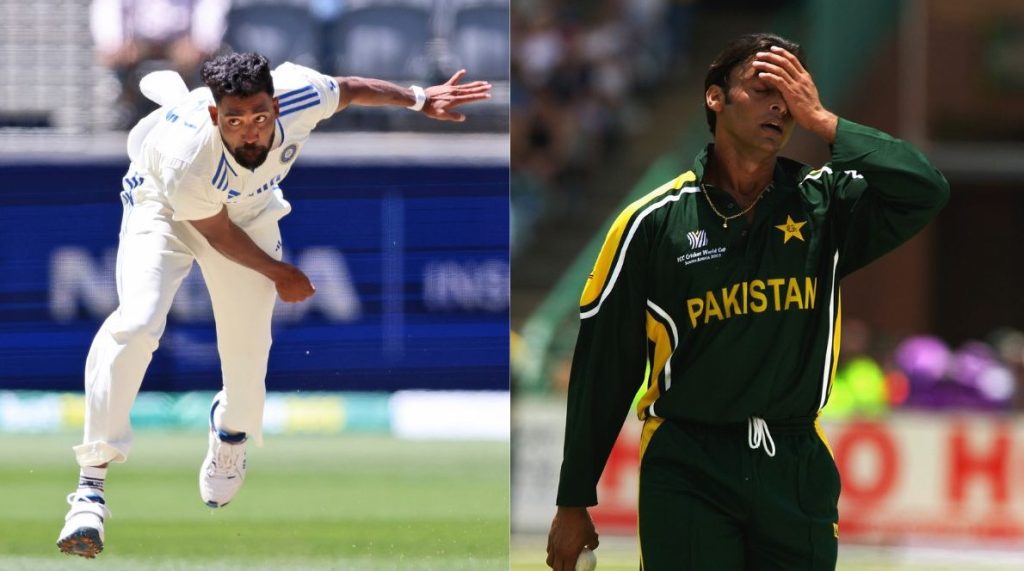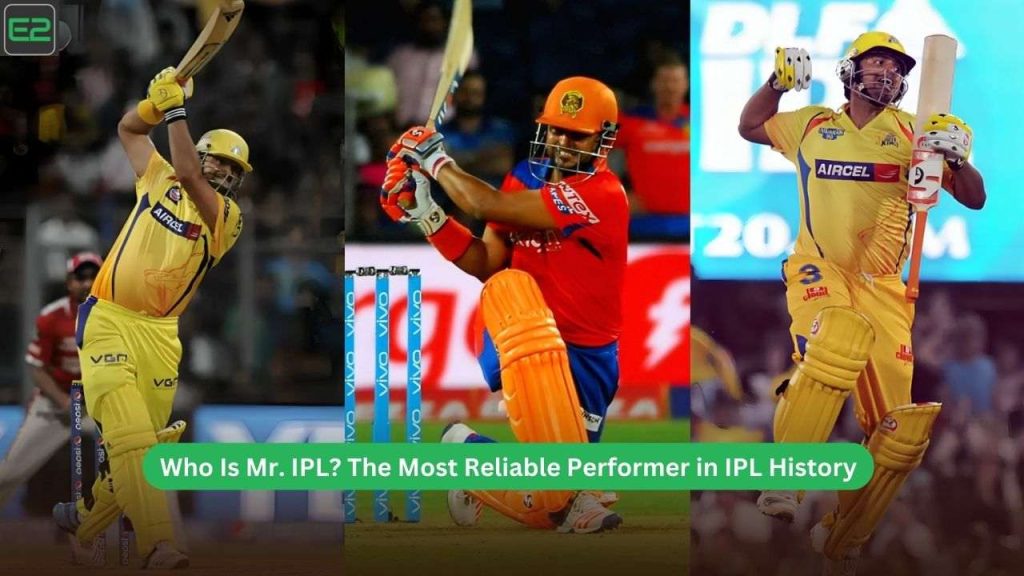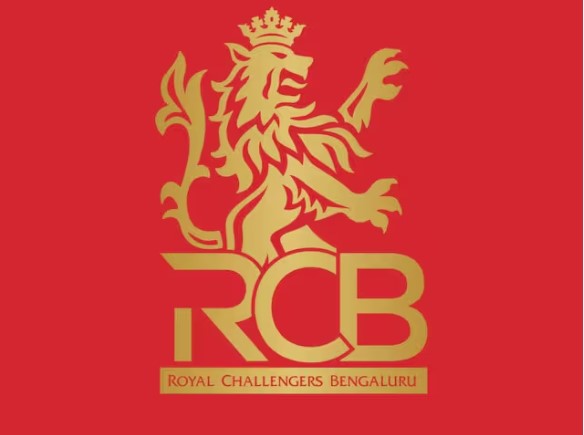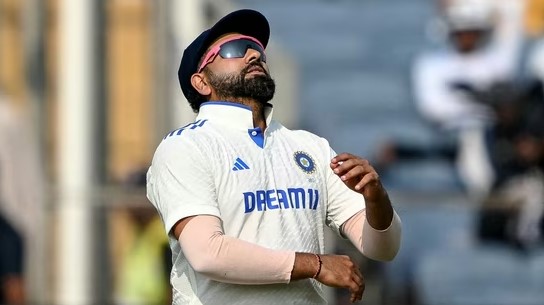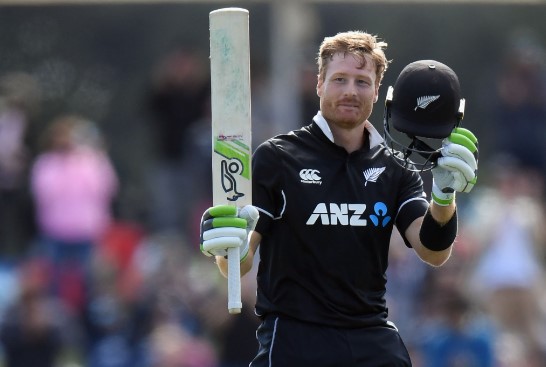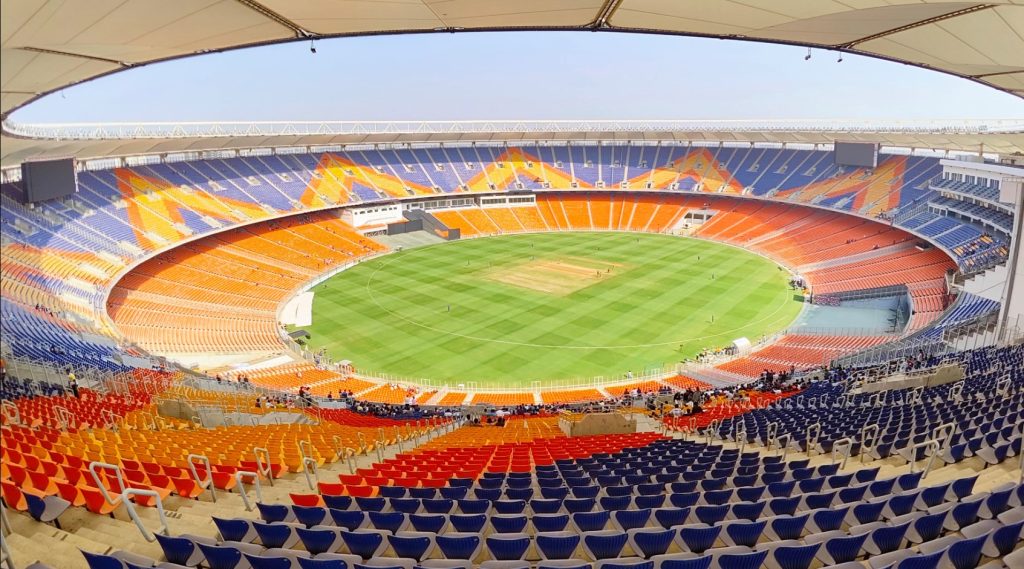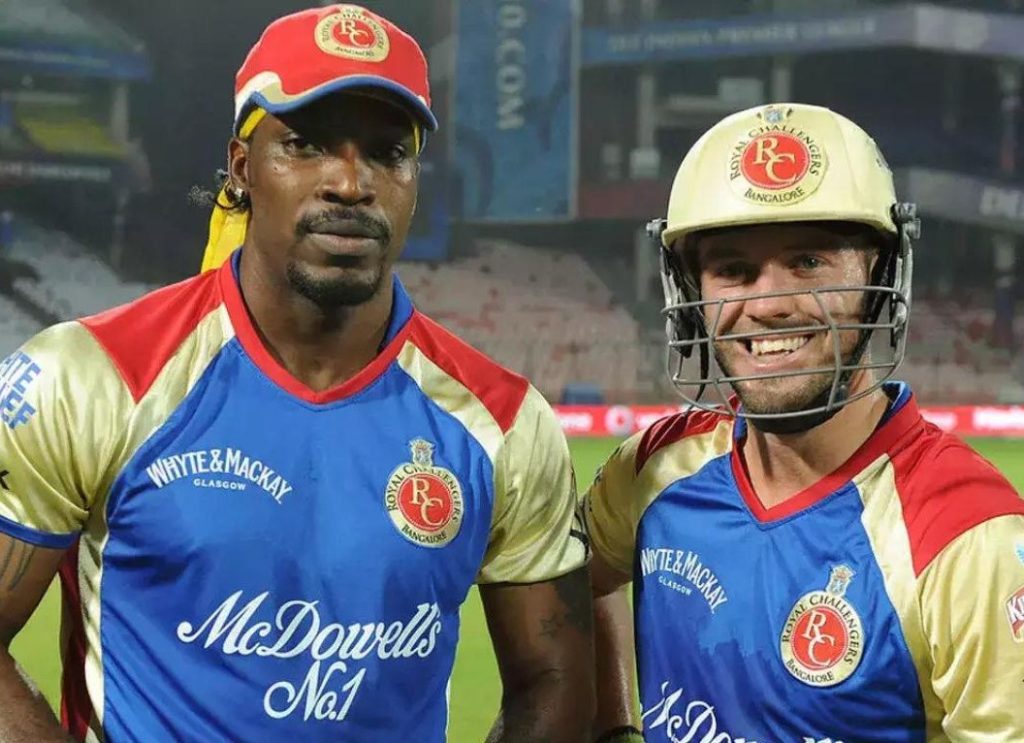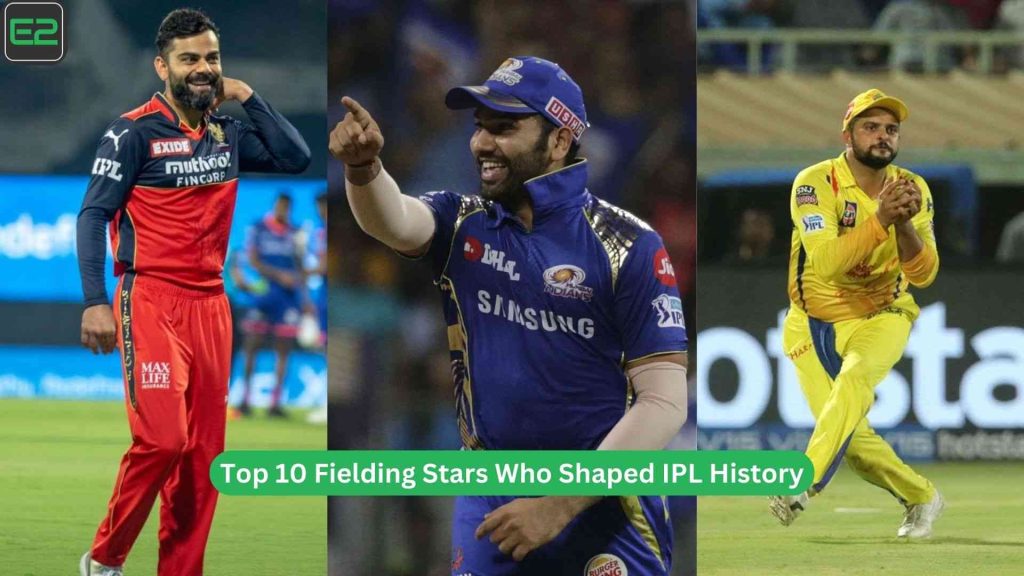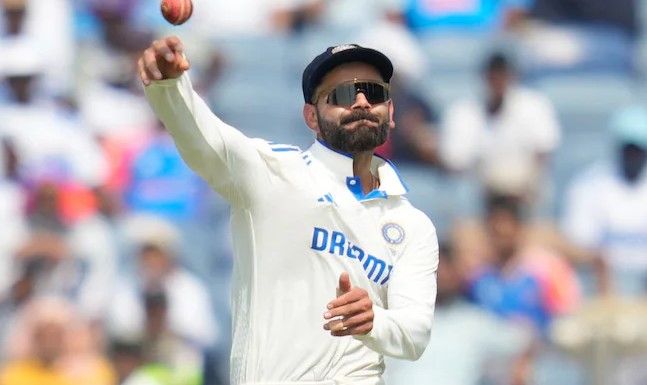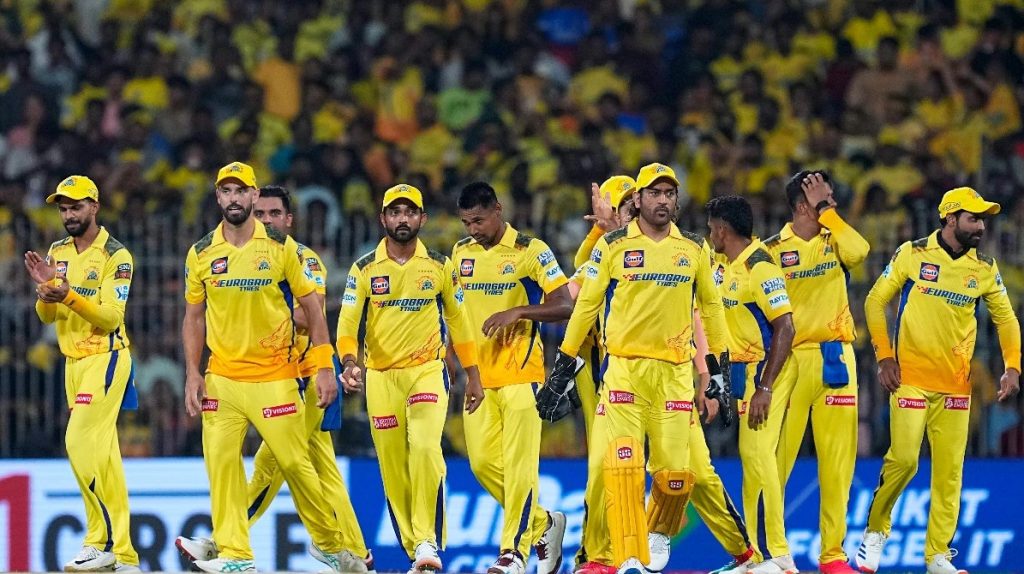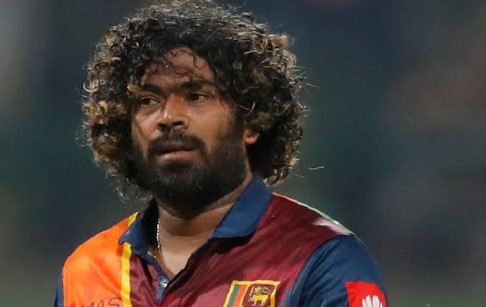Cricket, often described as a gentleman’s game, has evolved over centuries into one of the most popular sports worldwide. Fast bowling has always been a thrilling aspect of cricket, captivating fans with its sheer pace and precision. Among the many milestones in cricket, the record for the fastest ball bowled remains one of the most iconic.
The Art of Fast Bowling
Fast bowlers use a combination of speed, seam, and swing to challenge batters. Their deliveries, clocking speeds often exceeding 140 km/h, require immense skill, physical fitness, and mental resilience. Over the years, advancements in technology have allowed us to measure these lightning-fast deliveries with incredible accuracy.
The Fastest Ball Ever Bowled
The record for the fastest delivery in cricket history is held by Shoaib Akhtar of Pakistan. Akhtar, famously known as the “Rawalpindi Express,” bowled a delivery clocked at 161.3 km/h (100.23 mph) against England during the 2003 Cricket World Cup. This astonishing feat solidified his legacy as one of the greatest fast bowlers in the sport’s history.
Top Fastest Deliveries in Cricket History
The table below highlights some of the fastest balls recorded in cricket:
| Rank | Bowler | Speed (km/h) | Speed (mph) | Match/Event | Year |
|---|---|---|---|---|---|
| 1 | Shoaib Akhtar | 161.3 | 100.23 | Pakistan vs. England | 2003 |
| 2 | Brett Lee | 161.1 | 100.1 | Australia vs. New Zealand | 2005 |
| 3 | Shaun Tait | 161.1 | 100.1 | Australia vs. England | 2010 |
| 4 | Jeff Thomson | 160.6 | 99.8 | Australia vs. West Indies | 1975 |
| 5 | Mitchell Starc | 160.4 | 99.7 | Australia vs. New Zealand | 2015 |
| 6 | Andy Roberts | 159.5 | 99.1 | West Indies vs. Australia | 1976 |
| 7 | Michael Holding | 159.3 | 99.0 | West Indies vs. England | 1979 |
Factors Influencing Bowling Speed
Several factors contribute to a bowler’s ability to generate extreme pace:
- Biomechanics: Proper bowling action and wrist positioning can maximize speed.
- Physical Fitness: Strength, stamina, and flexibility are crucial for delivering fast balls consistently.
- Pitch Conditions: Harder pitches offer more bounce and can aid faster deliveries.
- Equipment: Advances in cricket ball technology and measurement tools have improved accuracy in recording speeds.
Evolution of Fast Bowling
Fast bowling has come a long way from the early days of cricket. Legendary bowlers like Harold Larwood and Fred Trueman set the stage for modern-day pacers. The use of speed guns in the late 20th century brought a new dimension to the game, allowing fans and players to marvel at the incredible speeds achieved by bowlers.
Controversies and Challenges
While speed records are celebrated, they are not without controversies. Factors like wind assistance, measurement inaccuracies, and equipment calibration have occasionally cast doubt on speed records. Additionally, bowlers must strike a balance between speed and accuracy to avoid conceding runs.
Conclusion
The quest for speed in cricket is a testament to the spirit of competition and the pursuit of excellence. Bowlers like Shoaib Akhtar, Brett Lee, and Shaun Tait have set benchmarks that inspire future generations. As technology advances and players continue to push the limits of human performance, we may yet see the record for the fastest ball broken in the years to come.

